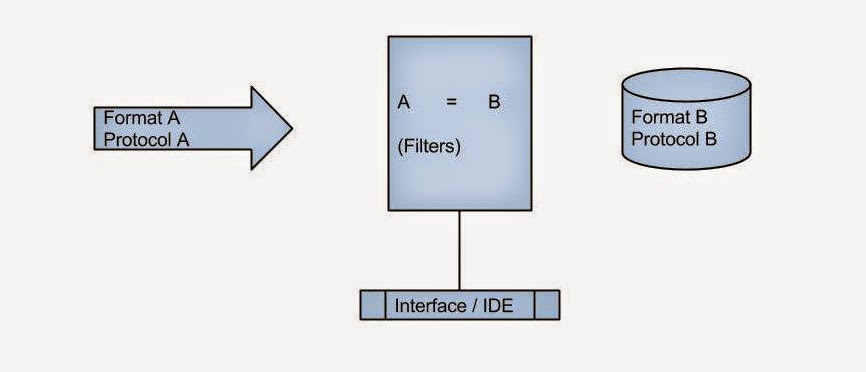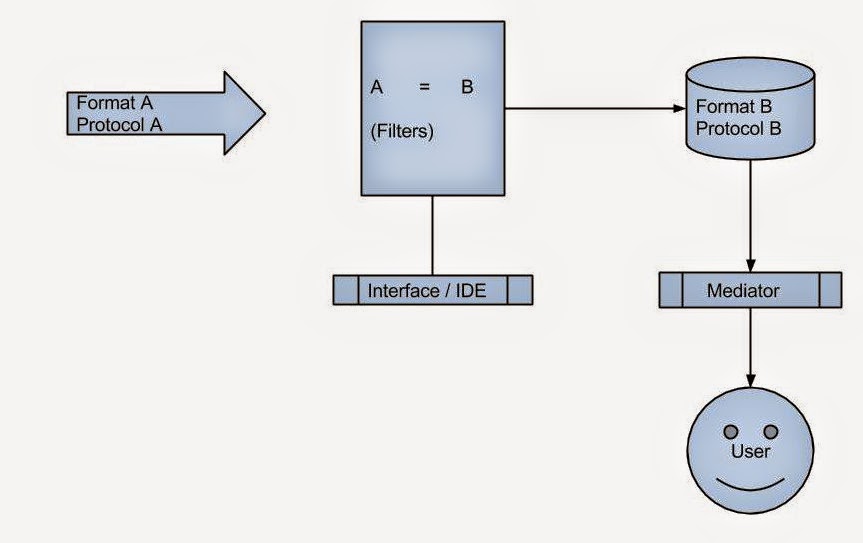Design Science Research in Healthcare: Bridging the Gap Between Ideas and Impact
In the world of healthcare research, the dominant paradigm has long been empirical and observational—studies that measure, compare, and validate phenomena to uncover truths. But what if the goal isn’t just to understand the world, but to change it? That’s where Design Science Research (DSR) comes in—a paradigm that’s less about observing and more about building, solving, and transforming. As a health informatics researcher working at the intersection of consultancy and academia, I’ve found DSR to be the most powerful lens for translating ideas into practice.

Image Credit: kevineriley, CC BY-SA 3.0 https://creativecommons.org/licenses/by-sa/3.0, via Wikimedia Commons
What Is Design Science Research?
Design Science Research, as defined by Hevner et al. (2004), focuses on the creation and evaluation of artifacts—tools, frameworks, models, or systems—that solve identified problems. Unlike traditional behavioral science, which seeks to explain phenomena, DSR aims to design solutions and assess their utility. In healthcare, this means building decision support tools, workflow optimizers, or data integration platforms that directly improve clinical or operational outcomes.
Hevner’s seminal work laid out seven guidelines for DSR, including the need for a clear problem definition, artifact relevance, rigorous evaluation, and contribution to knowledge. These principles have since guided a wave of innovation in health informatics, where the complexity of real-world systems demands more than just theoretical insight—it demands actionable design.
Why Traditional Research Falls Short in Healthcare Innovation
Traditional healthcare research often struggles with the “translational gap”—the chasm between discovery and implementation. A novel algorithm might predict sepsis with high accuracy, but without integration into clinical workflows, it remains a paper exercise. Similarly, a new policy framework might promise equity, but without tools to operationalize it, it’s just words.
This is where DSR shines. It doesn’t stop at the idea; it builds the bridge. It asks: What artifact can embody this idea? How will it be used? What constraints must it navigate? And most importantly: Does it work in practice?
Living at the Intersection: Consultancy Meets Research
My work often begins with a specific organizational challenge—say, a hospital struggling with fragmented dermatology referrals. This is the consultancy mode: solving a particular problem for a particular client. But as a researcher, I’m also asking: Is this problem part of a broader class? Can the solution be generalized?
This dual lens allows me to design artifacts that are both context-sensitive and theoretically grounded. For example, a referral triage tool built for one clinic might evolve into a modular framework for dermatology decision support across multiple institutions. That’s the essence of DSR: solving classes of problems through iterative design, evaluation, and abstraction.
The Role of Translational Designers in Health Research Teams
Most health research teams are rich in domain expertise—clinicians, epidemiologists, policy analysts. But they often lack what I call translational designers: people who can take a promising idea and make it work in the messy, constraint-laden world of healthcare delivery.
These designers are fluent in both theory and practice. They understand stakeholder needs, data limitations, regulatory constraints, and user experience. They build prototypes, test them in real settings, and refine them based on feedback. Without them, even the best ideas risk dying in the valley of death between research and implementation.
Making DSR Accessible and Impactful
One challenge with DSR is that it can feel abstract or overly technical. But at its heart, it’s a human-centered approach. It starts with people—their needs, frustrations, and goals—and builds solutions that fit their world. It’s not about perfect algorithms; it’s about useful artifacts.
To make DSR more accessible, I often use metaphors. I tell students: “Traditional research is like mapping the terrain. DSR is like building the bridge.” Or: “Empirical studies ask ‘what is?’ DSR asks ‘what could be?’” These reframings help shift the mindset from passive observation to active creation.
Final Thoughts: Designing the Future of Healthcare
As healthcare becomes more complex, data-rich, and digitally mediated, we need more than observational studies. We need designers—people who can build, test, and refine solutions that work in practice. Design Science Research offers a rigorous, impactful way to do just that.
Whether you’re a clinician with an idea, a researcher with a model, or a technologist with a prototype, DSR provides the scaffolding to turn insight into innovation. And if you’re looking for inspiration, check out DHTI—it’s a living example of how design can drive transformation.














